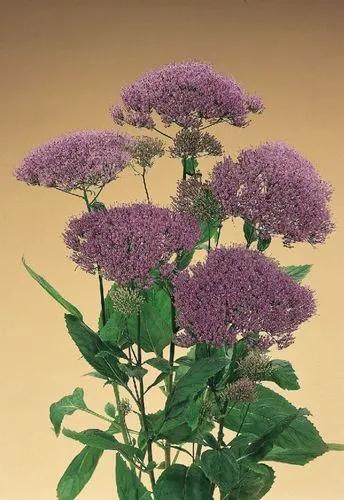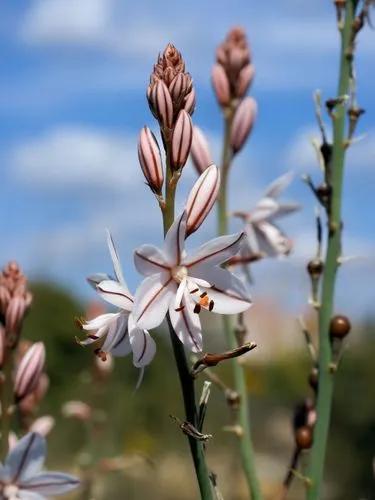Viola tricolor is a small plant of creeping and ramping[a] habit, reaching at most 15 cm (6 ins) in height, with flowers about 1.5 centimetres (0.59 in) in diameter. It grows in short grassland on farms and wasteland, chiefly on acid or neutral soils. It is usually found in partial shade. Its root is of the rhizome type with fine rootlets. The stem (acoli stem: which remains flush with the soil and from which leave the leaves and the flowering stalk) is hairless, sometimes downy and is branched. The plant has no leaf rosette at the base, unlike some other violets, such as Viola hirta. Leaves are, on the contrary, alternate. They are stalked at limbus oval, oblong or lanceolate and more or less serrated margins. The stipules are often quite developed, at least those of the upper leaves. These stipules are palm-lined or palmatised. The flowers are solitary and lateral, hoisted on long peduncles. They appear on aerial stems with more or less long internodes. The sepals are never larger than the corolla. It is 10 to 25 mm long. This corolla can be purple, blue, yellow or white. It can most often be two-tone, yellow and purple. The tricolor shape, yellow, white and purple, is the most sought after. It flowers from April to September (in the Northern Hemisphere). The plants are hermaphrodite and self-fertile, pollinated by bees.
Pansies Care
Viola Tricolor Var. Hortensis



How to Care for the Plant

Water

Regular watering will help them hang on a bit longer, but don’t expect your pansies to last all season. Pansies prefer moist--but not soggy--soil. Make sure to use containers with drainage holes or if planting in ground, make certain the soil drains well.

Fertilizer

As with any long-blooming annual plant, pansies appreciate some fertilizer. However, too much food will just make them leggy. They respond well to monthly foliar feeding. Use a balanced fertilizer according to the label's directions.

Sunlight

Pansies will bloom best in full sun to partial shade, but they will stay fresh looking and keep blooming longer if grown in partial shade.

Soil

Although pansies are not fussy plants, they will grow best in loose, rich soil with a slightly acid pH (6.0 to 6.2). They are heavy feeders, so amend your soil with mushroom compost to give them a good start.

Temperature

Pansies do not like heat at all and will begin to decline as the days warm up.

Container

They don't like soggy roots, so make sure to use a relatively loose, well-draining potting mix and a container with good drainage. A slow-release fertilizer added to the potting mix is a good idea.

Popularity

377 people already have this plant 107 people have added this plant to their wishlists
Discover more plants with the list below
Related articles






